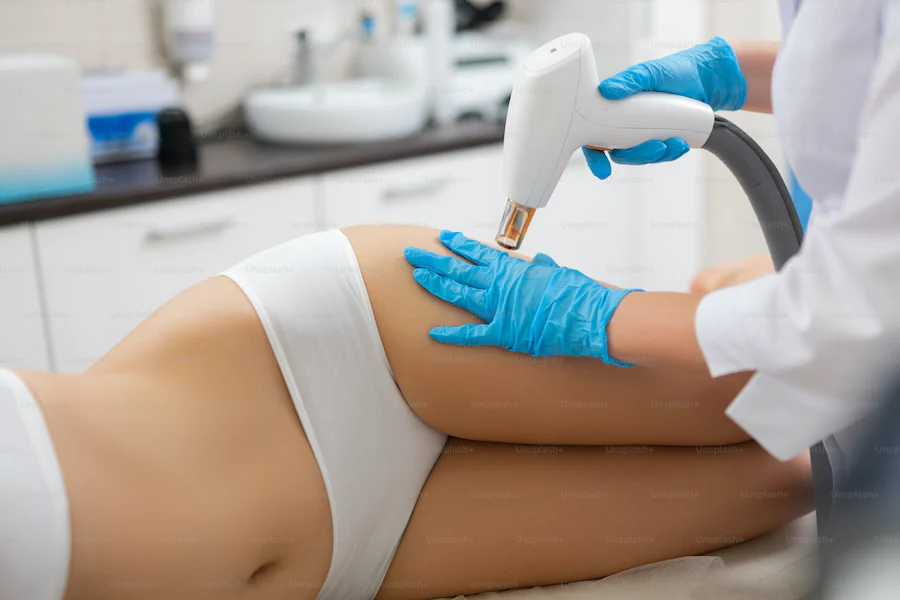Do you gain more weight in your lower body? This might be the result of expanding fat cells that are accumulated in your thighs or hips. According to many studies, as you grow, the quantity of fat cells in your body remains somewhat stable. This means that if you are gaining fat, it is not due to new fat cells but rather the expansion of old ones that are usually stored in the lower body. Furthermore, the location of the accumulation of these fat cells also depends on your genes and hormones.
Chronic stress and anxiety can lead to unwanted fat in lower body parts.
When you are under stress, stress hormones are produced by the body. These stress hormones are called cortisol, which are released in the body. These hormones allow the body to deal with stress by triggering a flight or fight response.
However, under chronic stress, a build-up or accumulation of cortisol hormones in the blood results in weight gain, especially in the belly, hips, and thighs.
Extra fats in the lower body can result from an unhealthy diet.
An unhealthy diet mainly containing refined carbohydrates, sugary beverages, and processed food may accumulate stubborn fat on your belly, hips, buttocks, and thighs. This kind of food results in insulin resistance, which leads to an increase in fat storage. This eventually results in fat accumulation that becomes very difficult to eliminate.
Various sweet beverages, such as bottled ice tea and coffee, sodas, and cold drinks, are high in fructose. High levels of fructose corn syrup decrease the ability of your body to burn unwanted fat by lowering your metabolic rates.
You may also increase your abdominal fat deposits through an intake of trans fats. Trans fats, also called partially hydrogenated oils, are artificial. Many food companies use this artificial fat to boost longevity and enhance the flavor of their pre-packed food items.
Why are women more likely to gain weight in the lower body?
Due to certain female hormones, most of the extra weight in women accumulates in the thighs, pelvis, and buttocks. The storage of fat usually supports breastfeeding and childbearing. Before puberty strikes, boys and girls have an almost similar amount of fat distributed evenly within the body. However, by 20-25, women tend to store twice as much body fat as men. This fat is usually held in the lower body parts like the lower belly, buttocks, hips, and thighs.
How to lose lower body fat?
Lower body fat is usually subcutaneous fat that is difficult to lose. You cannot target specific areas for weight loss. Lower body fat makes you appear pear-shaped. Losing overall weight would make you a smaller pear.
In this case, you need to move more and eat less. Easy ways to get rid of lower body fat include having a 30-40 minutes brisk walk, climbing stairs instead of the elevator, and most importantly, cutting down calories by limiting sugar intake and having fresh fruits, vegetables, and yogurt for snacking.
Your lower body is undoubtedly a typical “problem area” or “trouble spot.” However, with proper exercise and a good diet, it is not impossible to lose lower body weight healthily.

